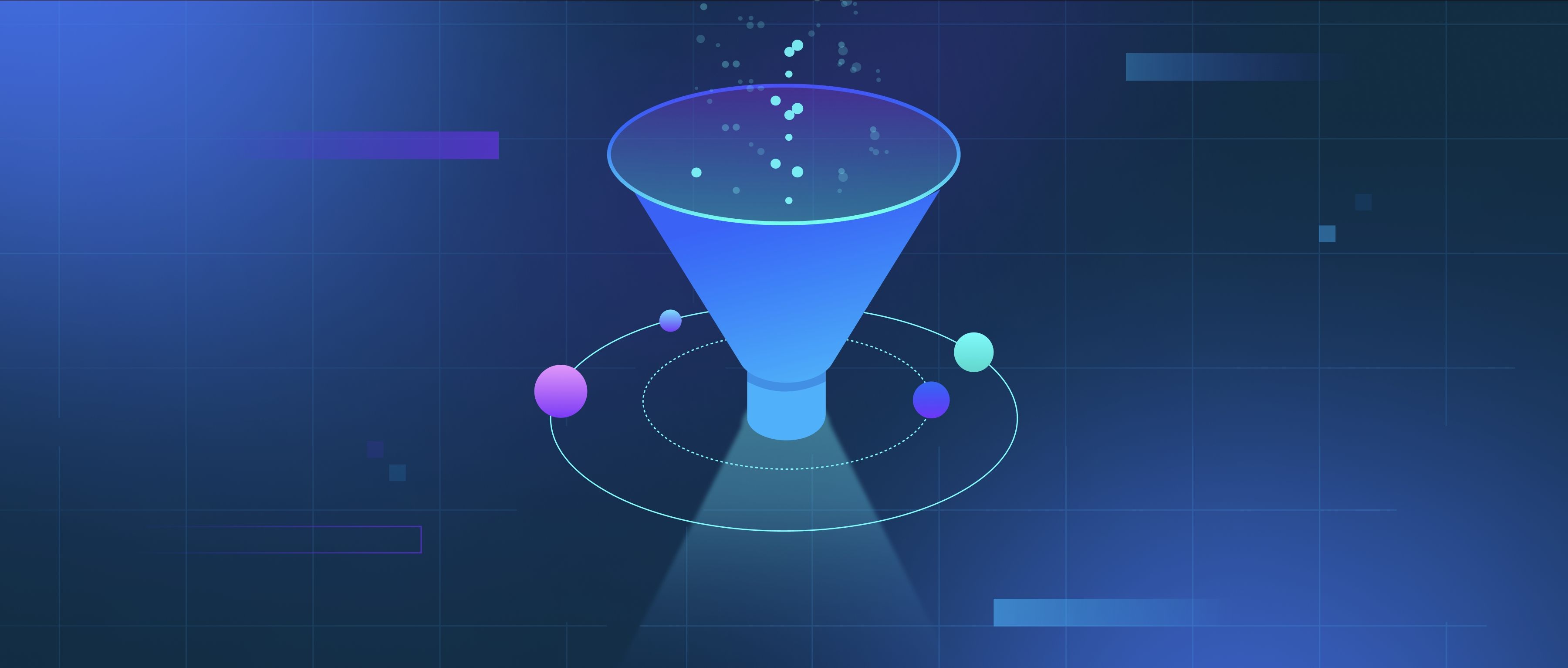Differencing is a technique used to make a time series stationary by removing trends or seasonality. It involves subtracting the value of an observation from the previous one. For example, if the original series is [100, 120, 130, 150], the first differenced series becomes [20, 10, 20]. This process is key to applying models like ARIMA that require stationarity. Stationarity means that a time series has a constant mean, variance, and autocorrelation over time. Many real-world datasets, such as sales or temperature data, have trends that need differencing to stabilize them. Without stationarity, model predictions may be inaccurate. Differencing can be applied multiple times, but over-differencing should be avoided as it can introduce noise into the data. Checking plots or performing statistical tests like the Augmented Dickey-Fuller (ADF) test can help confirm whether differencing is sufficient. For instance, a time series that shows a downward trend may need first-order differencing, while seasonal patterns might require seasonal differencing.
What is differencing in time series, and why is it used?

- Natural Language Processing (NLP) Advanced Guide
- Evaluating Your RAG Applications: Methods and Metrics
- Advanced Techniques in Vector Database Management
- The Definitive Guide to Building RAG Apps with LlamaIndex
- Getting Started with Zilliz Cloud
- All learn series →
Recommended AI Learn Series
VectorDB for GenAI Apps
Zilliz Cloud is a managed vector database perfect for building GenAI applications.
Try Zilliz Cloud for FreeKeep Reading
How do I monitor the performance of a Haystack-based search system?
Monitoring the performance of a Haystack-based search system involves tracking various metrics that indicate how well th
What is the difference between indexing and crawling?
Crawling and indexing are two essential steps in search engine optimization, but they refer to different processes. Craw
How is NLP being used in voice synthesis and speech recognition?
NLP plays a pivotal role in voice synthesis and speech recognition systems by enabling natural and accurate interactions